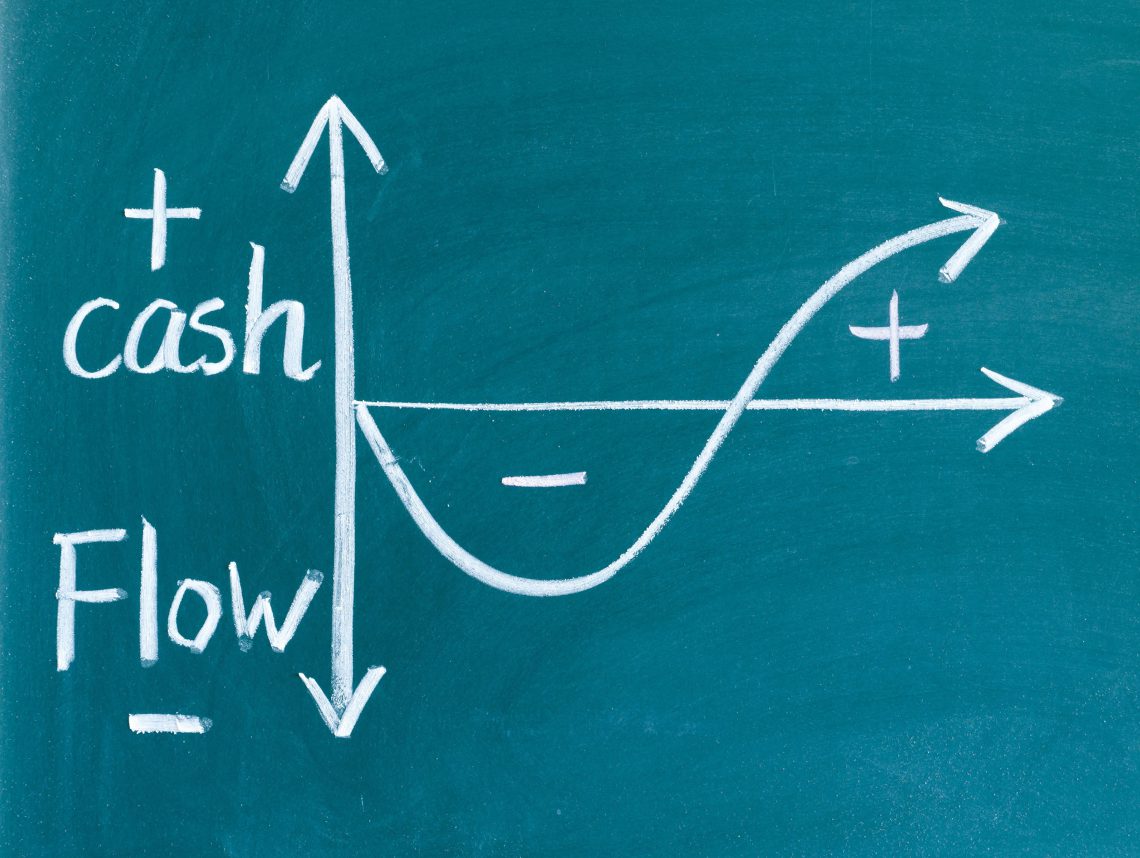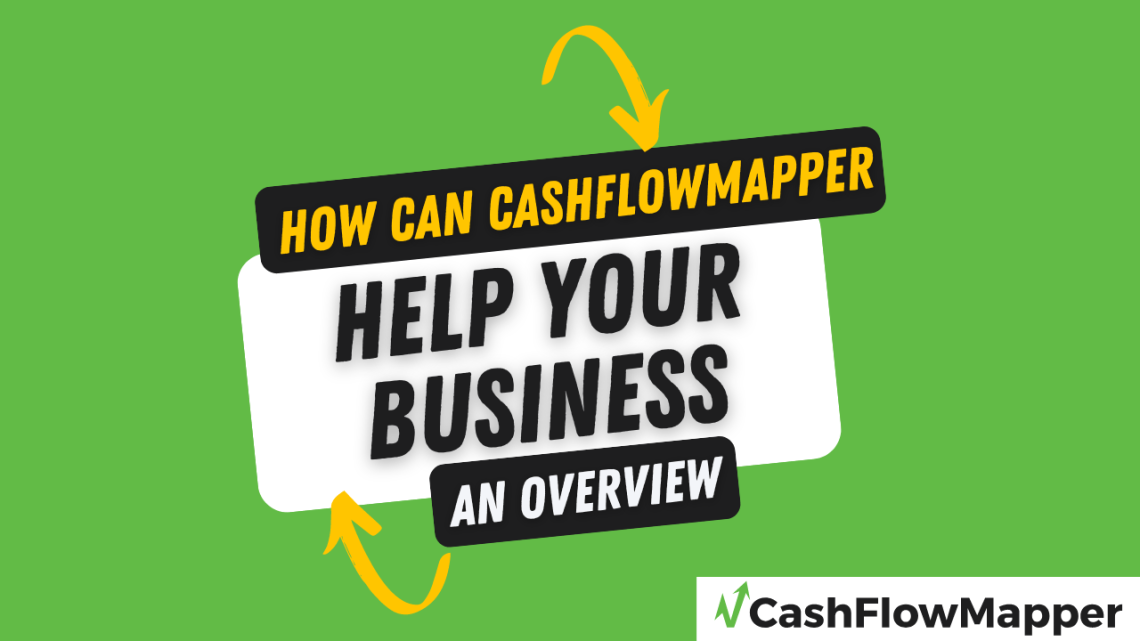Being in control of cash is one of the most essential business management tasks. After all, no cash means no business. We’ve all heard the stories of the seemingly profitable business that went broke – a classic illustration of profit and cash being different things.
Sure, there’s a relationship between them: sales are or become cash (net bad debts), and purchases require cash to pay them (net any discounts), and of course, payroll expenses (mostly) are in cash as well. But there are non-cash items in the calculation of profit (depreciation, for example) and non-profit items in cash flow (capital purchases).
Therefore, it’s crucial to forecast cash movements. While you can extrapolate cash flow from profit, you cannot get the necessary accuracy in the timing of cash flows, nor the frequency of different items such as fortnightly payroll or monthly rent. A profit and loss statement can only provide the total income and revenue for a set period. Therefore, it’s crucial to forecast cash movements.
So, business owners and financial controllers need to know how all the cash items in the business behave as precisely as possible. This is where a rolling cash flow forecast comes in.
What is a rolling cash flow forecast?
A rolling forecast maintains a continuous forecasting period from when the model begins. So, if I create a model that runs from 1 July 2022 – 30 June 2023, and I open it on 1 March 2023, the model now covers the period (roll forward) from 1 March 2023 to 30th April 2024.
If the model was static, then it would still cover the 1 July 2022 – 30 June 2023 period, just like a budget prepared for a given financial year.
Why a rolling cash flow forecast?
Why bother with a rolling forecast? Here are a couple of reasons.
- It forces you to keep on top of cash flow. Because the rolling forecast is a moving beast, upcoming cash events of note (big receipts or payments) will stay front of mind. Of course, you are always aware of big items, but your rolling forecast will reinforce exactly when these events are happening, which is better than “Oh yeah, that big receipt is due next month or so.” These events are now top of mind rather than an abstract event that could be easily forgotten.
- Updating your forecast becomes a habit. Every time you open your model, for it to be meaningful, you’ll update opening cash (today’s cash balance) and adjust for any changes to transactions – debtor receipts and creditor payments being the obvious ones in the short term.
What time frame to do a rolling forecast for?
Good question! And there are many answers. However, if your clients do one rolling forecast – if they only do one cash flow forecast at all – it needs to cover the timespan of their regular cash outgoings. For example, they may have fortnightly payroll, monthly rent, and annual insurance.
Therefore, in this case, the rolling plan should cover a 12-month period. Why? So they don’t miss anything, in particular infrequent things like the annual insurance policy. There may be reminders in their calendar, but with a rolling 12-month forecast, it’s always there, so they know how far away it is.
It’s the same for infrequent receipts. While their expected receipt date may move around a bit, when they are always in the model, your clients can see their impact and opportunities for when you may be able to take advantage of them.
Many businesses do rolling forecasts over a shorter timeframe, particularly when things are tight. This is understandable, but if your clients have a plan covering all the known transactions, such as the 12-month example above, they won’t miss anything.
To sum up
The rolling cash flow forecast is the most important cash flow planning tool. It keeps business owners focused, and with no surprises, your clients are in control of cash and, therefore, their business.




